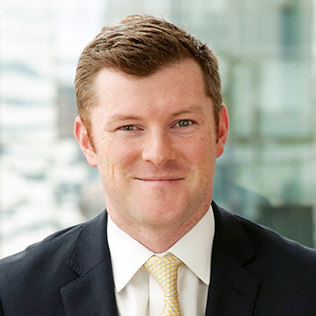Where are we in the credit cycle?
In aggregate, our predictive cycle indicators suggest the global economy may enter a mild recession later this year or next. More restrictive central-bank policies are a headwind that’s unlikely to abate in the near future, intermediate- and long-term interest rates have risen significantly, global demand for goods exceeds supply (the so-called “output gap”), and the effects of high prices on demand and companies’ profit margins are hurting business confidence. However, we do not expect a meaningful increase in corporate defaults in the period ahead given that many of the weaker credits in the market already defaulted during the early stages of the COVID pandemic.
Unlike past credit cycles (e.g., the 2001 tech collapse, the 2007 subprime crisis, the 2015 energy collapse, the 2020 pandemic), I do not see any immediate and tangible link to a large group of companies that look poised to default anytime soon. We may very well get there eventually, but it will likely take more time for the cracks in their corporate armor to emerge. In the meantime, current valuations across many fixed income sectors should provide some downside cushion. For example, high-yield bond spreads imply a cumulative default rate of 36% over five years.1 Compare that to the sector’s long-term average and worst-ever cumulative default rates of 22% and 32%, respectively.
























